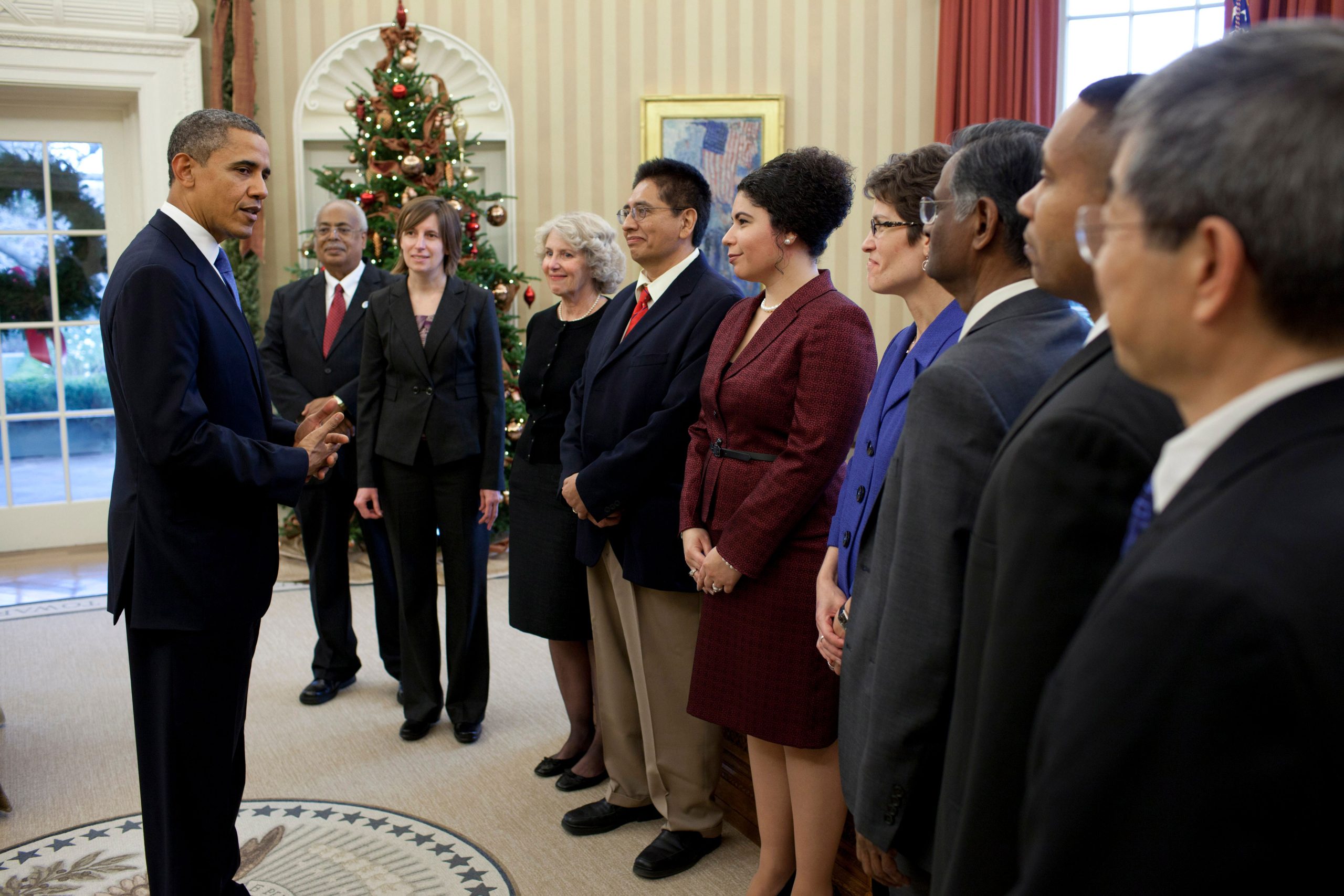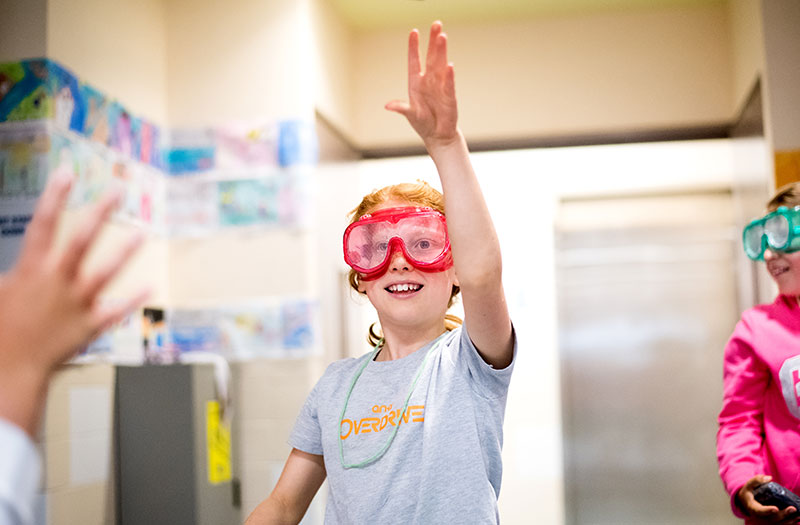The Science and Health Education Partnership was founded in 1987 at UC San Francisco by Bruce Alberts and David Ramsay. At the time, Bruce Alberts was Chair of the Department of Biochemistry and Biophysics at UCSF, and his children were attending San Francisco public schools. Bruce sought to develop a mechanism to transfer surplus university laboratory equipment and supplies to the schools. To do so, he recruited David Ramsay, then Vice Chancellor for Academic Affairs at UCSF to support this nascent initiative. After connecting teachers with lab equipment and supplies from UCSF, he asked teachers how else UCSF could support them. The teachers shared, “The supplies and equipment are great, but we’d also love to connect with the intellectual resources of UCSF. We want to be able to work with UCSF scientists, health professionals, and researchers.”
Early SEP programs included partnerships between teachers and UCSF scientist volunteers and a High School Intern Program. In 1990, a $2 million award was made from the National Science Foundation to support a teacher enhancement program for 100 elementary school teachers over four years. This effort, known as City Science, was a collaboration between UCSF, the Exploratorium, San Francisco State University, and the San Francisco Unified School District.
With SEP and City Science being one of the first science education partnerships between universities and school districts in the country, there was great interest in its model. In 1993, Science Education Partnerships: A Manual for Scientists and K-12 Teachers, edited by Art Sussman and with many of the pieces detailing SEP’s work, was published.
Art Sussman served as SEP Director from 1990-1992, Margaret Clark was Director from 1992-1994, and Liesl Chatman from 1994-2003. After Liesl’s departure, Katherine Nielsen and Rebecca Smith became Co-Directors of SEP. Rebecca left her position in 2021, and Katherine currently serves as SEP Director.
Over its 35-year history, SEP has initiated and led many programs connecting UCSF with SFUSD and the broader Bay Area communities. SEP’s partnerships between UCSF volunteers and SFUSD teachers, the first program offered, continue today in much greater numbers and in a more structured way. In 1996, to support these partnerships, SEP developed the Teaching Workshop Series for UCSF volunteers. The content and design of this Series has evolved over the years, and they still draw significant numbers of participants. Beyond the partnerships between UCSF volunteers and SFUSD teachers, our other longest-running program is the High School Intern Program, recipient of the 2011 Presidential Award for Excellence in Science, Mathematics, and Engineering Mentoring.

Bruce Alberts has had a rich and varied history in science and science education. From 1994 to 2006, Bruce served as President of the National Academy of Sciences; from 2009-2013, he was the Editor-in Chief of Science magazine; and from 2009-2011, he served as a United States Science Envoy under President Obama. In 2016, Bruce won the Lasker~Koshland Special Achievement Award in Medical Science, one of the highest honors in biomedicine for his work in both research and science advocacy.
All of SEP’s programs are offered free-of-charge. To do this work, SEP must annually raise nearly $2 million. Every donation brings us closer to that goal and helps to make this important work possible.

As part of UCSF, SEP is a 501(c)3 non-profit. All donations are tax deductible to the fullest extent of the law. Please let us know if your company participates in a matching gift program so that we can extend the benefit of your generosity.